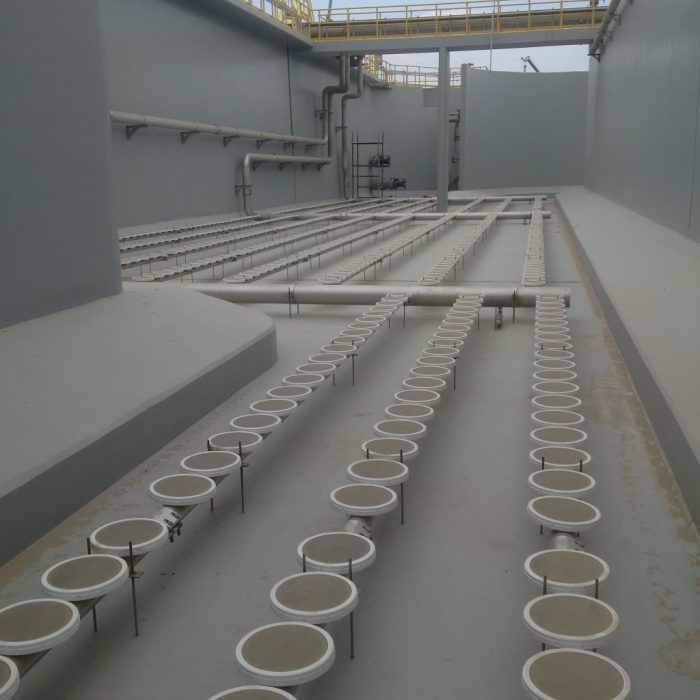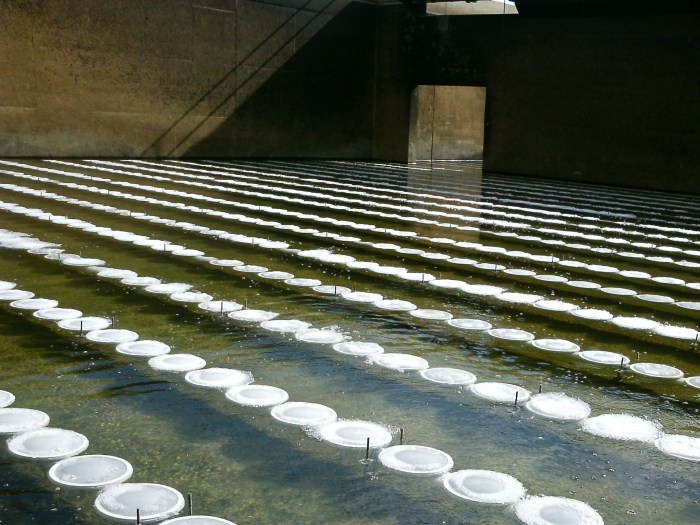Continuous excessive moisture collection in the purge unit is a critical issue that can severely impact the performance and longevity of the system. This issue arises when excessive moisture accumulates within the purge unit, leading to a cascade of negative consequences.
This article delves into the causes and consequences of continuous excessive moisture collection in the purge unit, exploring mitigation strategies and preventive measures to ensure optimal system performance.
Moisture accumulation in the purge unit can stem from various sources, including process leaks, condensation, and environmental humidity. These sources contribute to moisture buildup, which can lead to corrosion, contamination, and other detrimental effects.
Continuous Excessive Moisture Collection in the Purge Unit

Continuous excessive moisture collection in the purge unit refers to the ongoing accumulation of moisture within the purge unit, exceeding normal levels and potentially compromising the unit’s performance. This issue arises when the purge unit is unable to effectively remove moisture from the process stream, leading to a buildup of water droplets or condensation within the unit.The
causes of continuous excessive moisture collection in the purge unit can be attributed to various factors, including:
- Inefficient moisture removal mechanisms
- High humidity levels in the process stream
- Improper purging procedures
- Defective or malfunctioning purge components
The consequences of continuous excessive moisture collection can be detrimental to the purge unit and the overall system performance. Moisture accumulation can lead to:
- Corrosion and damage to purge components
- Contamination of the process stream
- Reduced purge efficiency
- Increased risk of equipment failure
Identify Sources of Moisture in the Purge Unit
The purge unit can be susceptible to moisture accumulation from various sources. These include:
- Process stream:The process stream itself can carry moisture, which can condense within the purge unit.
- Ambient air:Humid ambient air can enter the purge unit during purging or maintenance operations.
- Condensation:Temperature fluctuations within the purge unit can lead to condensation on the internal surfaces.
- Leaks:Leaks in the purge unit or associated piping can allow moisture to ingress.
- Defective components:Malfunctioning purge components, such as moisture separators or drain valves, can contribute to moisture buildup.
Impact of Continuous Excessive Moisture Collection
Continuous excessive moisture collection in the purge unit can have significant negative impacts on the unit’s operation and the overall system performance. These include:
- Corrosion:Moisture accumulation can lead to corrosion of metal components within the purge unit, weakening their integrity and reducing their lifespan.
- Contamination:Moisture can carry impurities and contaminants into the process stream, compromising the quality of the product.
- Reduced purge efficiency:Excessive moisture can reduce the purge unit’s ability to remove impurities from the process stream, affecting the overall system efficiency.
- Increased risk of equipment failure:Moisture-related corrosion and contamination can increase the risk of equipment failure, leading to costly downtime and repairs.
Mitigation Strategies for Continuous Excessive Moisture Collection
To mitigate continuous excessive moisture collection in the purge unit, a comprehensive plan should be implemented. This plan should include:
- Identifying moisture sources:Conducting a thorough inspection to identify all potential sources of moisture ingress.
- Eliminating moisture sources:Implementing measures to eliminate or minimize moisture sources, such as sealing leaks, improving ventilation, and controlling humidity levels.
- Optimizing purge procedures:Reviewing and optimizing purge procedures to ensure effective moisture removal.
- Regular maintenance:Performing regular maintenance on the purge unit, including inspection, cleaning, and replacement of defective components.
- Moisture monitoring:Installing moisture sensors or implementing other monitoring techniques to detect and address moisture accumulation early on.
Preventive Maintenance and Monitoring, Continuous excessive moisture collection in the purge unit
To minimize the risk of continuous excessive moisture collection in the purge unit, a preventive maintenance schedule should be established. This schedule should include:
- Regular inspection:Periodic visual inspections of the purge unit to identify any signs of moisture accumulation or damage.
- Component replacement:Replacing worn or defective components, such as moisture separators and drain valves, as per the manufacturer’s recommendations.
- Moisture monitoring:Installing and maintaining moisture sensors or other monitoring devices to track moisture levels and detect any deviations from normal operating conditions.
- Training:Providing training to operators and maintenance personnel on proper purge procedures and moisture mitigation techniques.
By implementing a comprehensive preventive maintenance and monitoring program, the risk of continuous excessive moisture collection in the purge unit can be significantly reduced, ensuring optimal unit performance and system efficiency.
Essential FAQs
What are the primary causes of continuous excessive moisture collection in the purge unit?
Process leaks, condensation, and environmental humidity are the most common causes.
How does moisture accumulation impact the purge unit?
Moisture can lead to corrosion, contamination, and other issues that can impair performance and reduce lifespan.
What are some effective mitigation strategies for continuous excessive moisture collection?
Identifying moisture sources, implementing preventive maintenance schedules, and conducting regular monitoring are crucial mitigation strategies.

